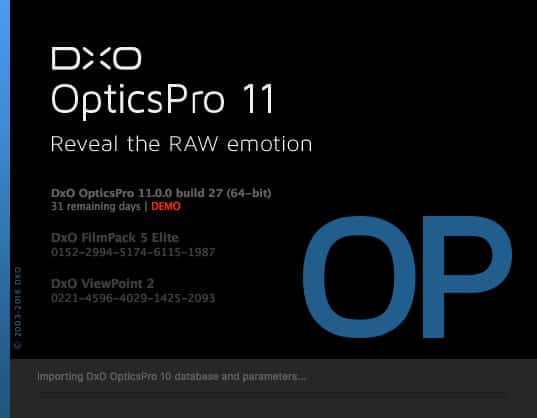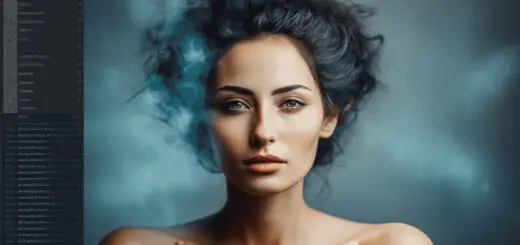Wim Arys: The Intersection of Photography and Artificial Intelligence
In recent years, the world of photography has undergone significant transformations with the advent of digital technologies and artificial intelligence (AI). From advanced image processing algorithms to AI-driven editing techniques, the combination of photography and AI is revolutionizing the artistic and technical aspects of the craft. In this article, we will explore how this intersection is impacting photography and dive deep into the various AI applications that are changing the way we approach color editing, HDR, and image recognition, as well as predicting on how future developments will continue to push the boundaries.
Table of Contents:
- Artificial Intelligence in Photography
- Color Editing with AI
- AI-Based Exposure Predictions and HDR Processing
- AI-Powered Image Recognition and Editing
- Future Developments in AI and Photography
- Frequently Asked Questions
Artificial Intelligence in Photography
Artificial intelligence has made significant strides in various fields, including photography, enabling photographers to produce images of unmatched quality, detail, and depth. At the heart of this development is the concept of machine learning, where systems are trained with massive datasets to recognize patterns and trends, which can then be used to create new and improved processes in image creation, editing, and organization. Some prominent applications of AI in photography include image noise reduction, automatic image tagging and categorization, and advanced post-processing algorithms.
Color Editing with AI
Color correcting and adjusting is an integral part of photo editing, with photographers often spending countless hours bringing out the desired tones and shades in their images. With the introduction of AI to the field, color editing has become a more intuitive and efficient process. Software platforms such as Adobe Lightroom and Photoshop utilize AI algorithms to analyze images and suggest color adjustments based on specific editing styles, resulting in a faster and more dynamic workflow than ever before.
Dehaze Functionality
One prime example of AI-assisted color editing is the Dehaze functionality found in Adobe Lightroom. This feature automatically enhances image clarity by removing fog and haze through machine learning algorithms. Photographers can apply this AI-based Dehaze filter with just a few clicks, saving valuable time and effort while producing striking results.
AI-Based Exposure Predictions and HDR Processing
Exposure control has always been a fundamental aspect of photography, and with the integration of AI, photographers are now given access to more advanced tools that improve the process of capturing and processing high-dynamic-range (HDR) images. AI-driven exposure prediction algorithms can analyze a scene and automatically adjust camera settings, such as aperture, ISO, and shutter speed, based on the lighting conditions and the photographer’s artistic intent.
Aurora HDR
For post-processing, AI-powered software like Aurora HDR simplifies the process of merging multiple exposures to create stunning HDR images. It automatically aligns and blends the bracketed shots, intelligently applies tone mapping, and incorporates AI-based algorithms to produce a final image with an optimized dynamic range and impressive detail, while minimizing artifacts and noise.
AI-Powered Image Recognition and Editing
AI image recognition technology has made leaps and bounds in recent years, specifically when it comes to tagging, categorizing, and identifying images. Through machine learning, AI systems can now recognize various subjects within images, such as landscapes, animals, people, and more. This technology has the potential to revolutionize both the organization and editing process of digital photography.
Adobe Sensei
A prime example of AI-driven image recognition is Adobe Sensei, the artificial intelligence and machine learning technology behind Adobe Creative Cloud products. Adobe Sensei has the power to automatically identify the contents of an image, categorize them, and even apply predefined editing styles that correspond to the subject matter. This AI technology not only streamlines the editing process but also allows photographers to apply more consistent and efficient workflows across their entire digital library.
Future Developments in AI and Photography
As AI continues to evolve, the possibilities for its application in photography are virtually limitless. One area of anticipated growth is the continued utilization of machine learning to improve camera performance, offering features like automatic subject tracking, intelligent scene recognition, and even real-time style transfer as we compose our shots. AI can also assist in curating and presenting images in ways that appeal to viewers based on their unique tastes and preferences, for example, through personalized online galleries and photo streams.
Another exciting frontier for future AI developments in photography lies in the realm of 3D imaging and virtual reality. By creating immersive, photo-realistic environments with AI-generated textures and lighting, photographers will have the opportunity to transport viewers to entirely new dimensions of visual storytelling.
Frequently Asked Questions
- How does artificial intelligence impact photography?
AI has the potential to improve several aspects of photography, from image capture and exposure control to processing and organization. AI algorithms can enhance editing capabilities, reduce noise, automatically tag and categorize images, and even predict optimal camera settings. - What are some examples of AI-powered image editing software?
Adobe Lightroom, Adobe Photoshop, and Aurora HDR are just a few examples of software products that implement AI technology to improve their editing capabilities, streamline workflows, and enhance user experience. - What can we expect from the future integration of AI and photography?
Future developments in AI and photography could include improvements to camera performance, personalized image presentation, and exciting innovations in 3D imaging and virtual reality. The combination of these advanced technologies will push photography to new heights and offer limitless possibilities for visual storytelling.
In conclusion, the intersection of photography and artificial intelligence is not only transforming the way we create and edit images but also shaping the future of visual storytelling. As AI continues to grow and advance, we can expect even more exciting innovations that will redefine what is possible in the world of photography, empowering photographers at every skill level to achieve their artistic vision.



